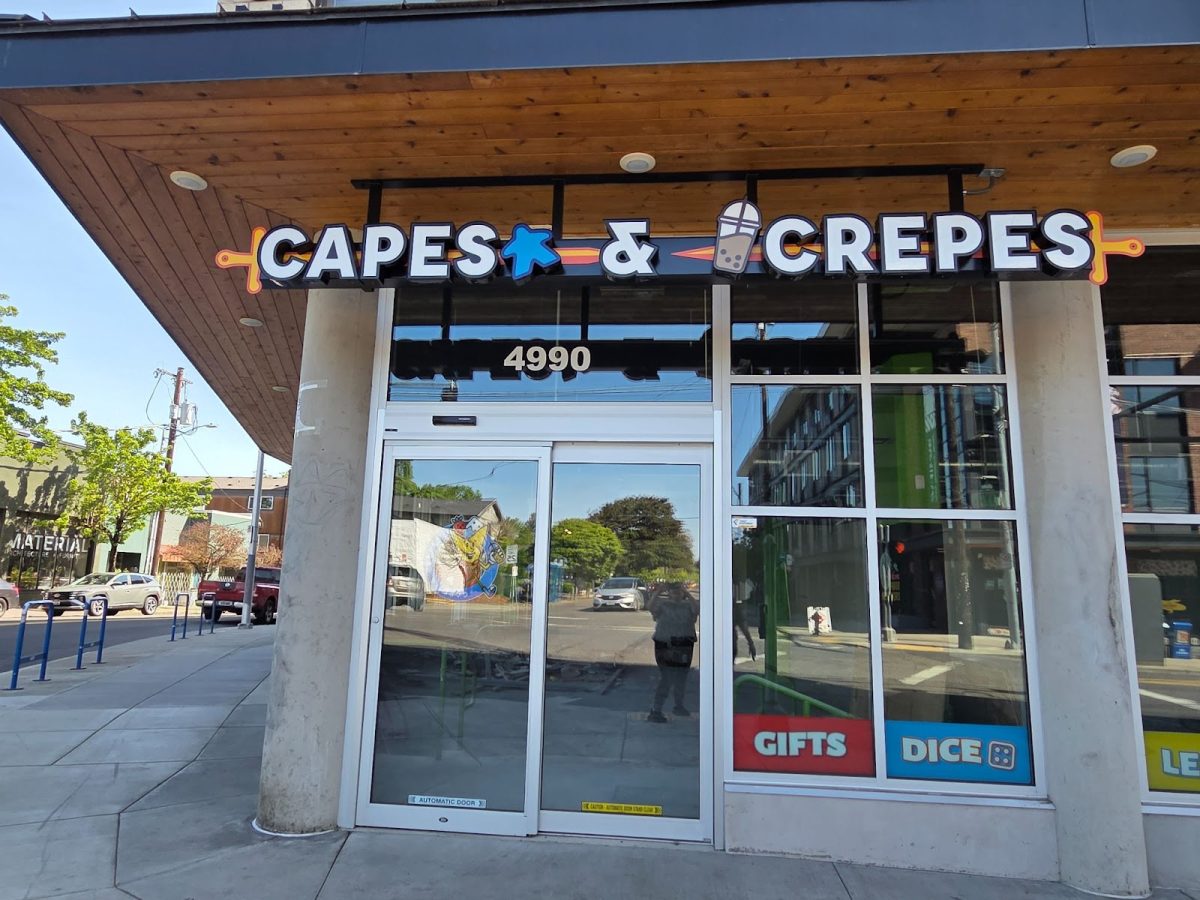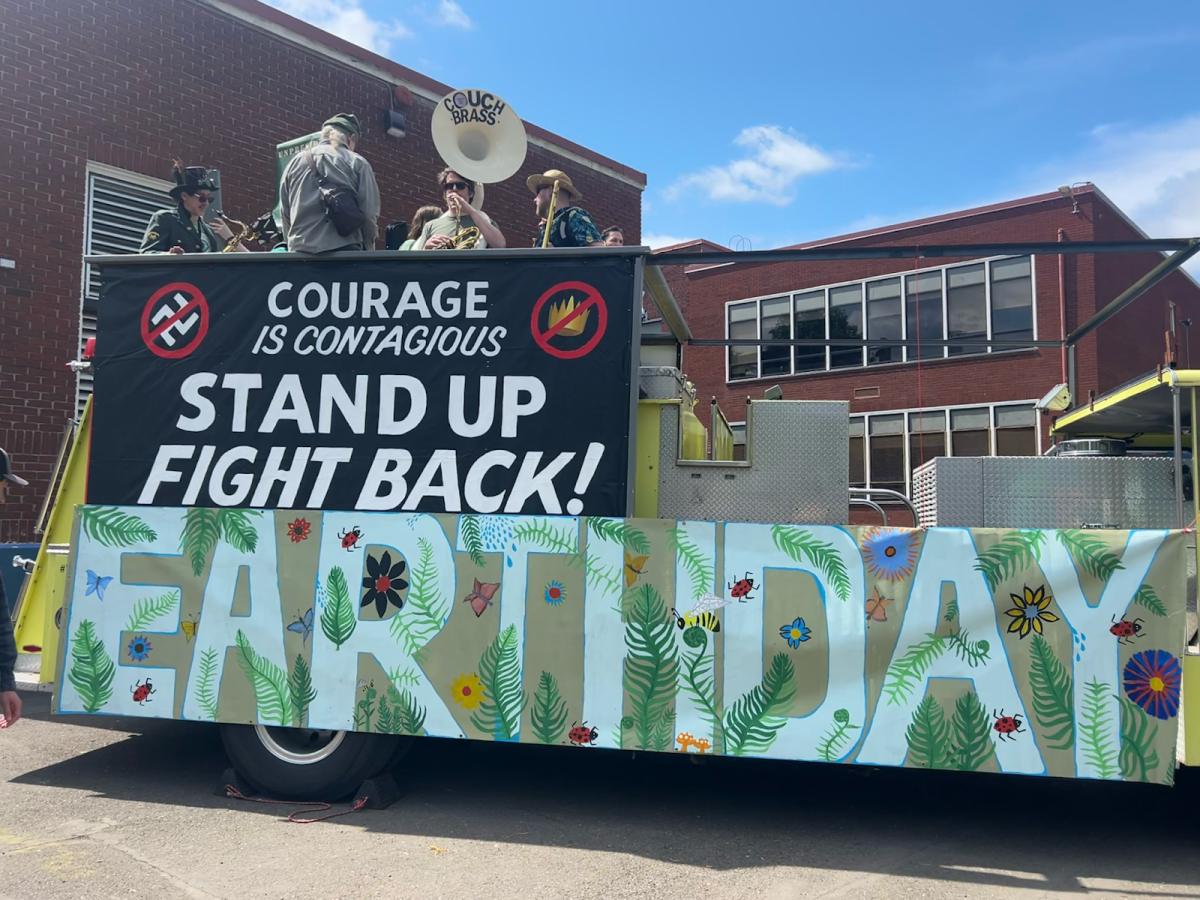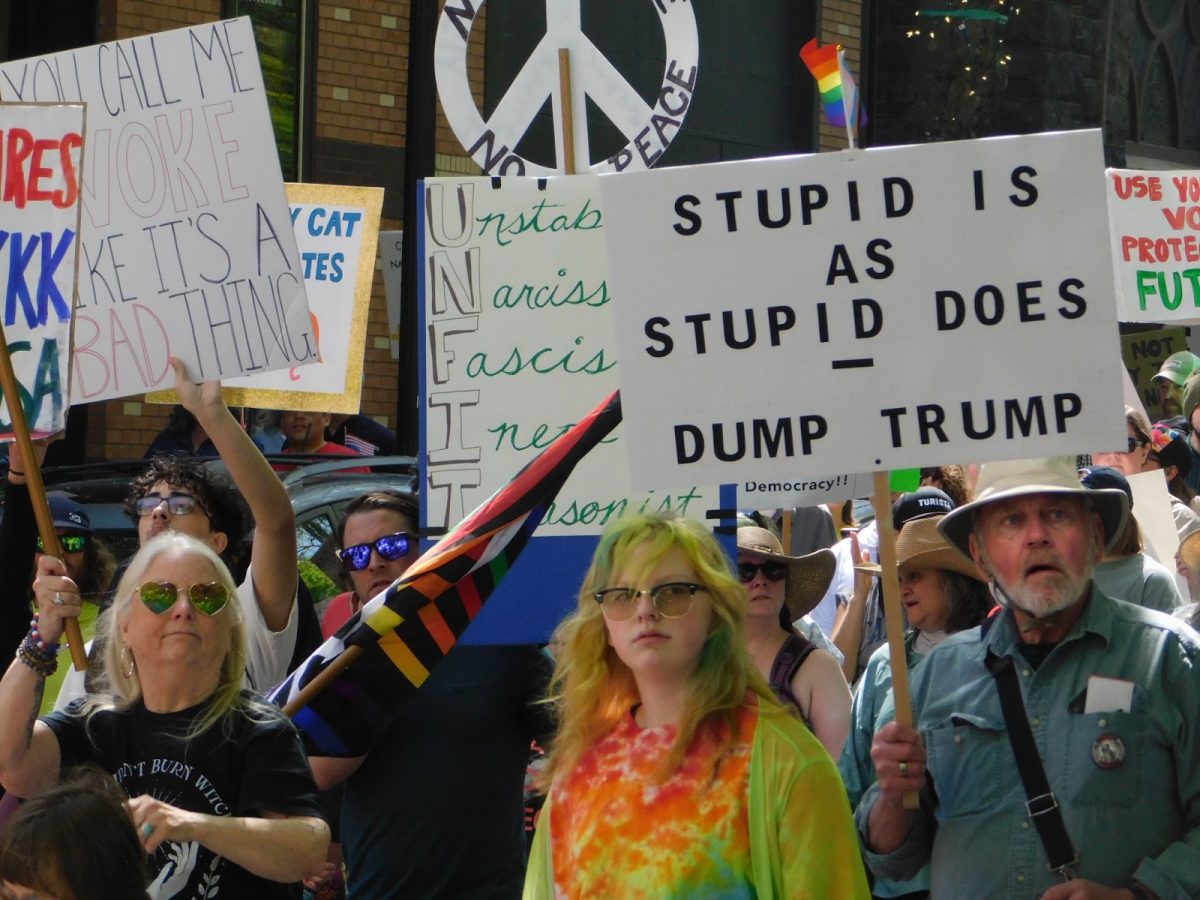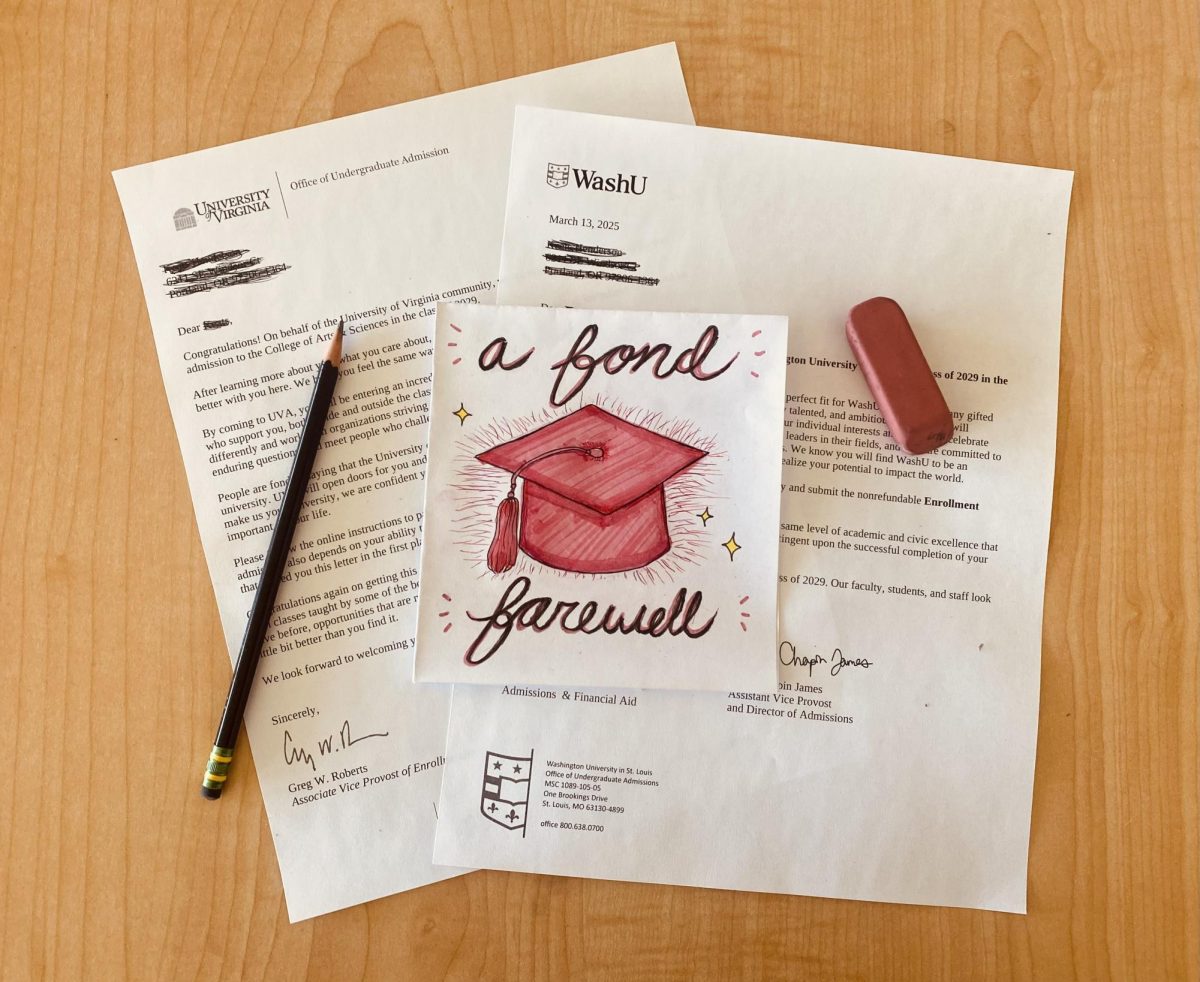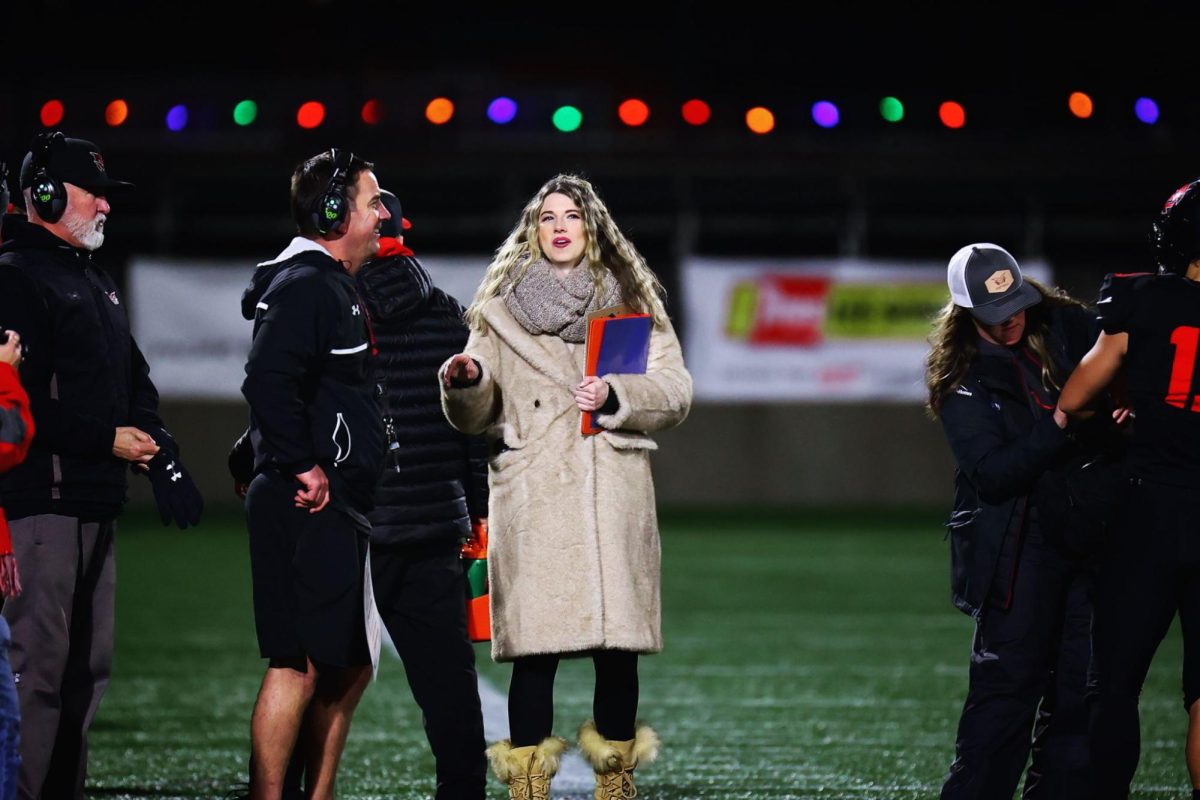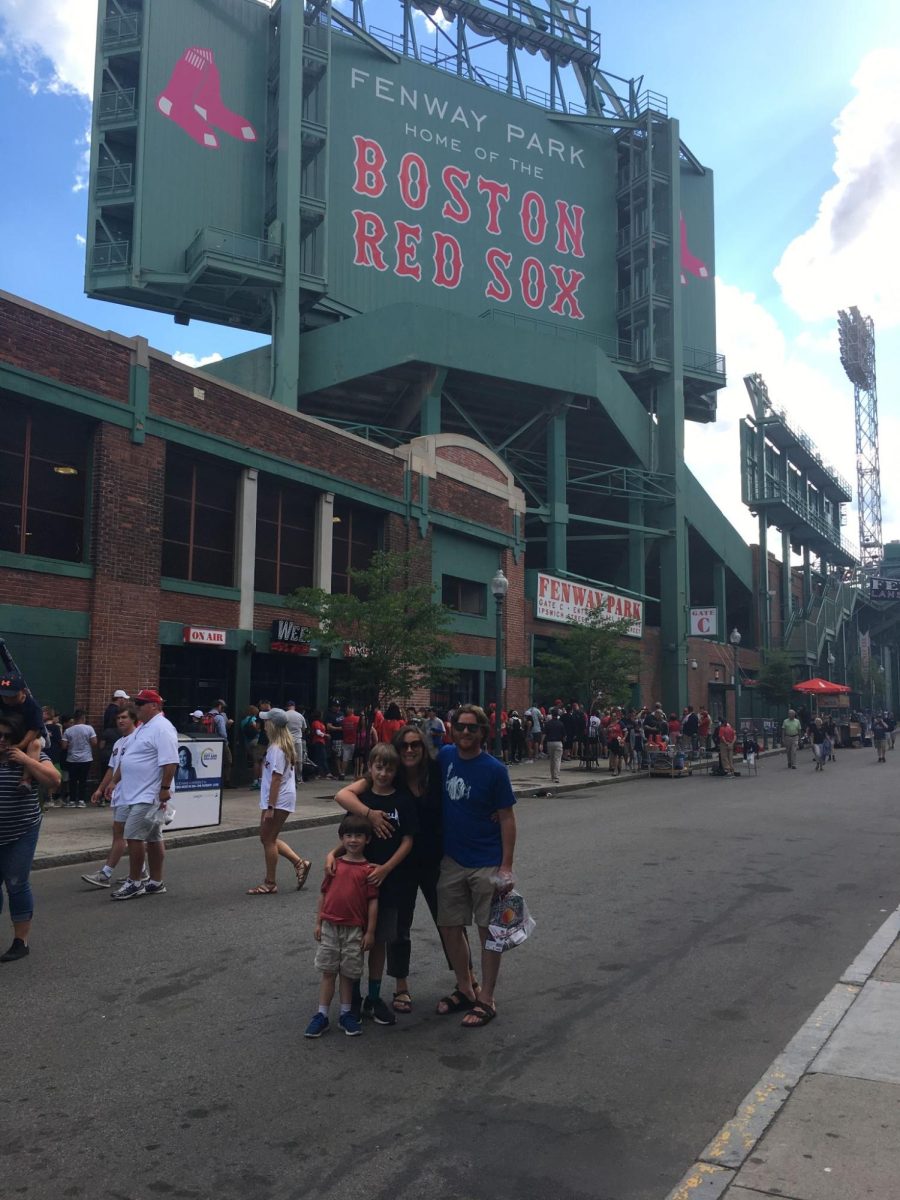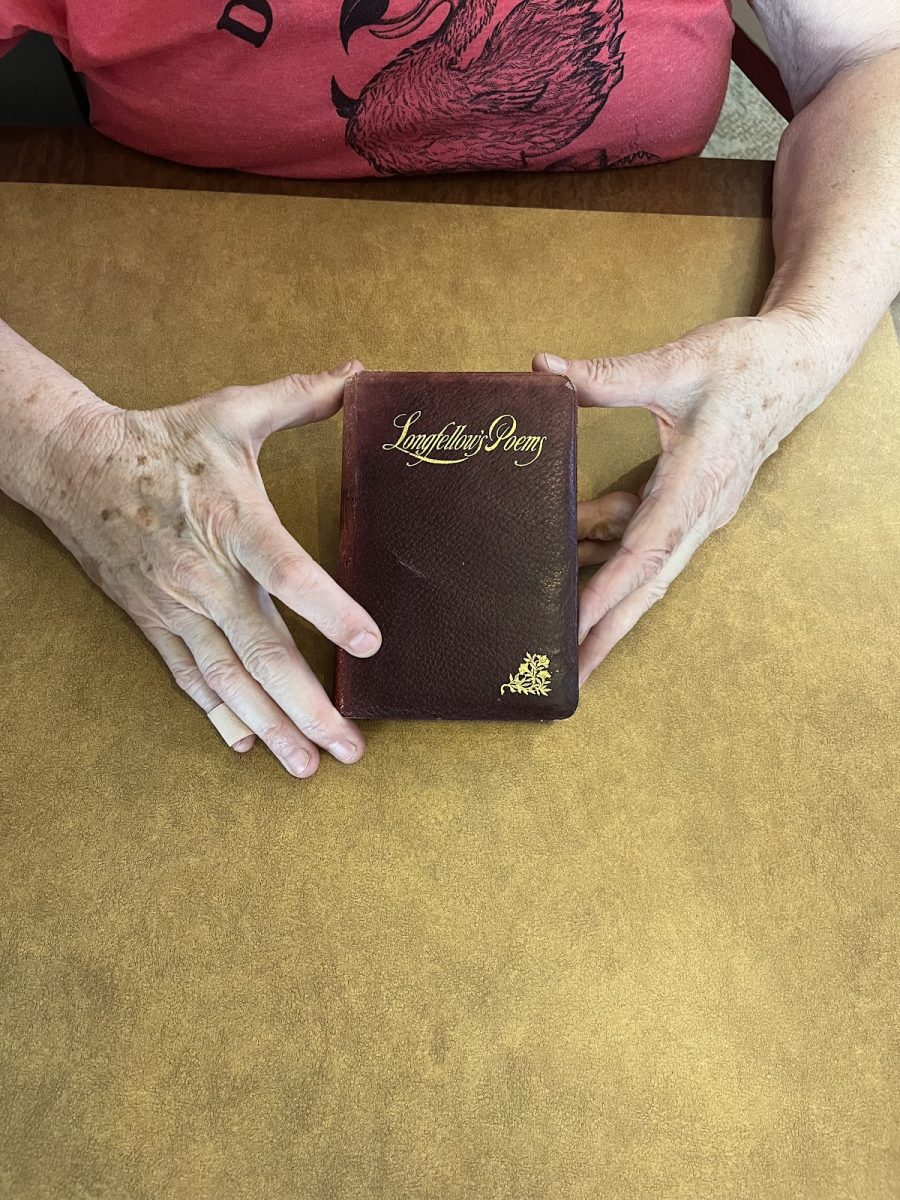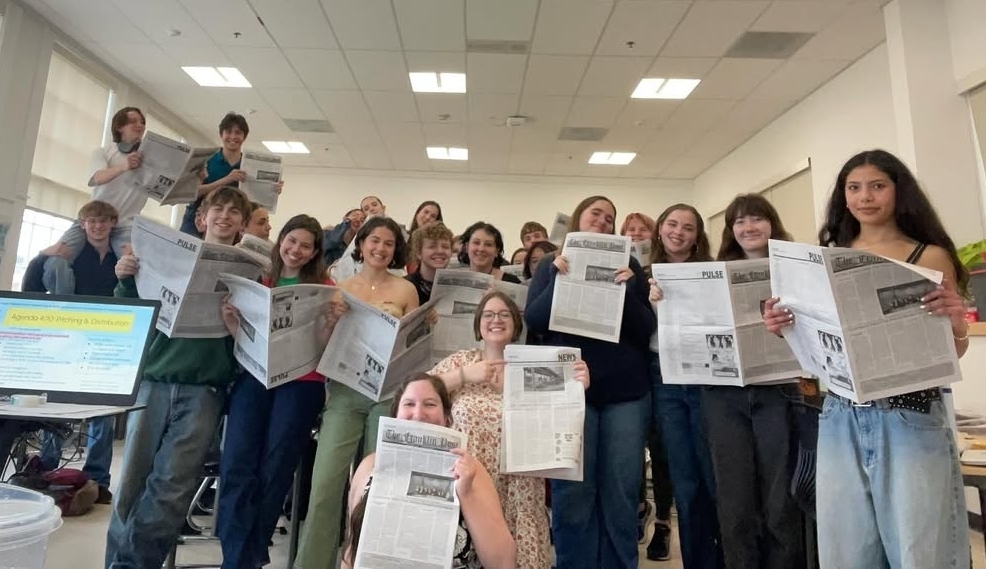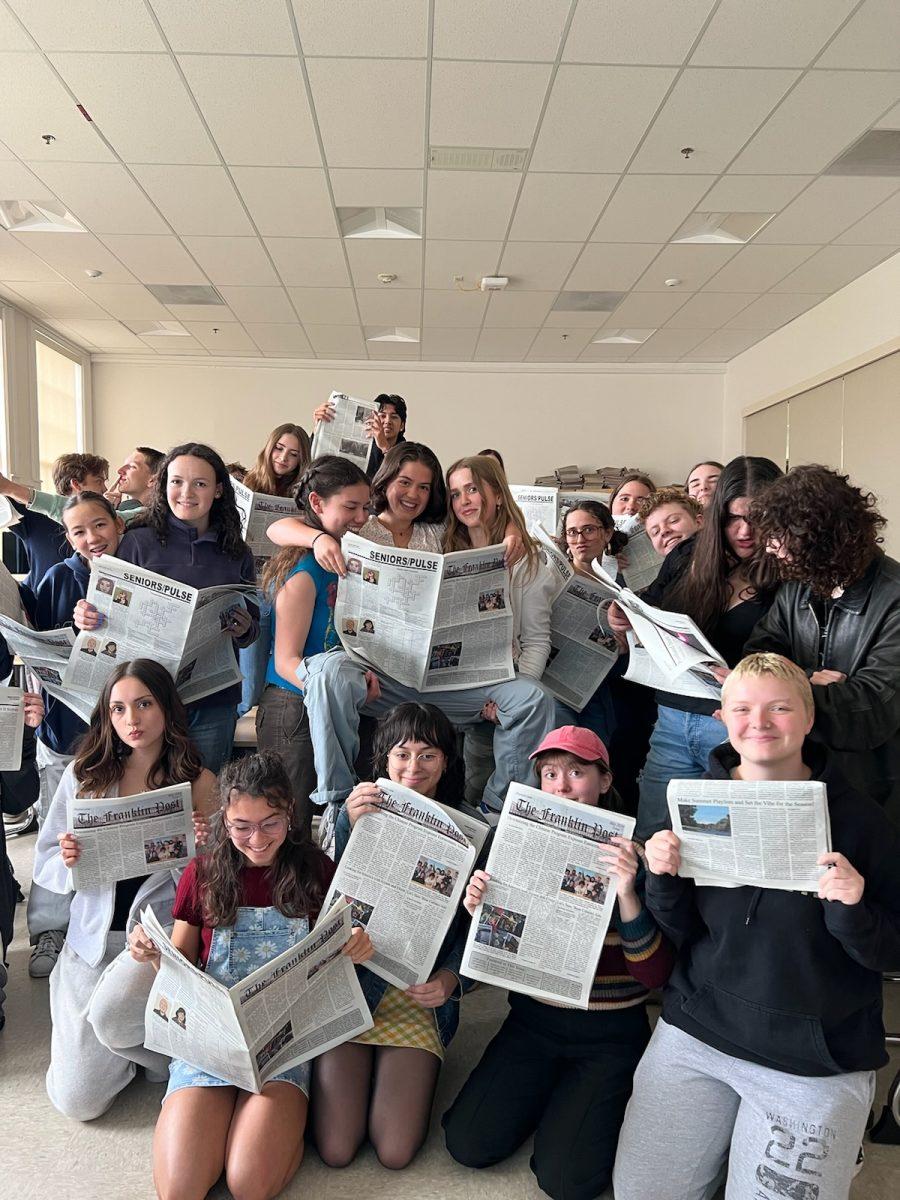
Photo by Andrew Milham
On October 19th, 2018, Glencoe Elementary School Principal Lori Clark sent an email to parents announcing that the Glencoe murals would be covered with a new coat of paint over winter break. The murals were a three-decade-old tradition every spring where fifth graders worked with artist Michael Florin Dente to paint the walls of Glencoe with important events that happened that year. According to The Willamette Week, Clark said that some of the paintings were “disturbing and from some perspectives [could be] deemed racist.” Specifically, the artwork Clark found disturbing included the unabomber, the Twin Towers of the World Trade Center, Osama Bin Laden, and “Tom Sawyer paddling a slave on a raft.” Clark also pointed out that the paintings are not images that she would want to represent the Glencoe community.
The issue arose when an equity committee made up of parents at Glencoe raised concerns about the murals. Several staff members found some of the images racially and culturally insensitive. Other staffers noted that the violent events depicted would be a potential trigger for students and staff. In a staff response published by the Willamette Week some teachers argued that children are not ready to see portions of the mural, as minorities and specifically African-American children would feel like they would be less successful compared to their white peers because of the art. There is a lack of evidence of widespread or even isolated cases of this kind of psychological impact stemming from the murals. Painting over the murals conveys a censorship of the past for the sole reason that someone might take offense or be upset from it.
Eighth grader Kate Stuckart, a former Glencoe student, disliked the proposal to remove the murals so much that she wrote to The Oregonian’s reader’s response column to try and do something to keep them from removing the murals. Stuckart argued that her and her friends would create stories for the people in the murals, sometimes pretending to be the people as a game. When she was curious she asked who the people in the murals were, which expanded her knowledge, as a school should. She never felt the murals were violent or troubling, and she cannot remember a time in the six years when she felt scared or appalled by them. An example she provided was the Twin Towers, which she never saw a violent mural designed to scar children of that horrific day, but rather as a tasteful remembrance of the lives lost. Stuckart wrote the response to The Oregonian because she wanted to do something to help, and that she felt strongly that the murals should not be removed. On the allegedly racist material on the murals, Stuckart “think[s] if you put anything under a microscope that small, you can find something racist.” Stuckart also thinks that the murals were not as large of an issue as Clark claims. In her opinion, if Clark and the equity committee really found them to be as much of an issue as they claim, they would have done something sooner, as Clark has been Glencoe’s principal for almost four years now. The issue was just brought up this year.
Overall, Stuckart found the murals to represent “a celebration of amazing people doing amazing things,” and was very saddened to hear when they were going to be painted over. Clark’s current plan with the murals is to create a book and online portfolio of the photographs that she took of all of the murals. This is still problematic because around 30 years of culture and memories made by Glencoe students will not be available on the walls anymore, and very few children will be interested enough to try and look up the murals online with their parents. Clark was not available for comment as she and the district are under litigation. Clark is currently under litigation because of the ongoing court battle against Michael Dente, the 70-year old artist who worked with the kids to paint the murals, and his lawyer Kohel Haver, who has previously represented artists in the type of lawsuit thats is breach of the Visual Artists Rights Act, a legal protection that prohibits owners from covering up artists murals without their permission. It is currently unknown what will happen in the lawsuit, but hopefully the Glencoe mural stays up to live to see the next generation of children who can add even more to it.
verall, Stuckart found the murals to represent “a celebration of amazing people doing amazing things,” and was very saddened to hear when they were going to be painted over. Clark’s current plan with the murals is to create a book and online portfolio of the photographs that she took of all of the murals. This is still problematic because around 30 years of culture and memories made by Glencoe students will not be available on the walls anymore, and very few children will be interested enough to try and look up the murals online with their parents.
Clark was not available for comment as she and the district are under litigation. Clark is currently under litigation because of the ongoing court battle against Michael Dente, the 70-year old artist who worked with the kids to paint the murals, and his lawyer Kohel Haver, who has previously represented artists in the type of lawsuit thats is breach of the Visual Artists Rights Act, a legal protection that prohibits owners from covering up artists murals without their permission. It is currently unknown what will happen in the lawsuit, but hopefully the Glencoe mural stays up to live to see the next generation of children who can add even more to it.
